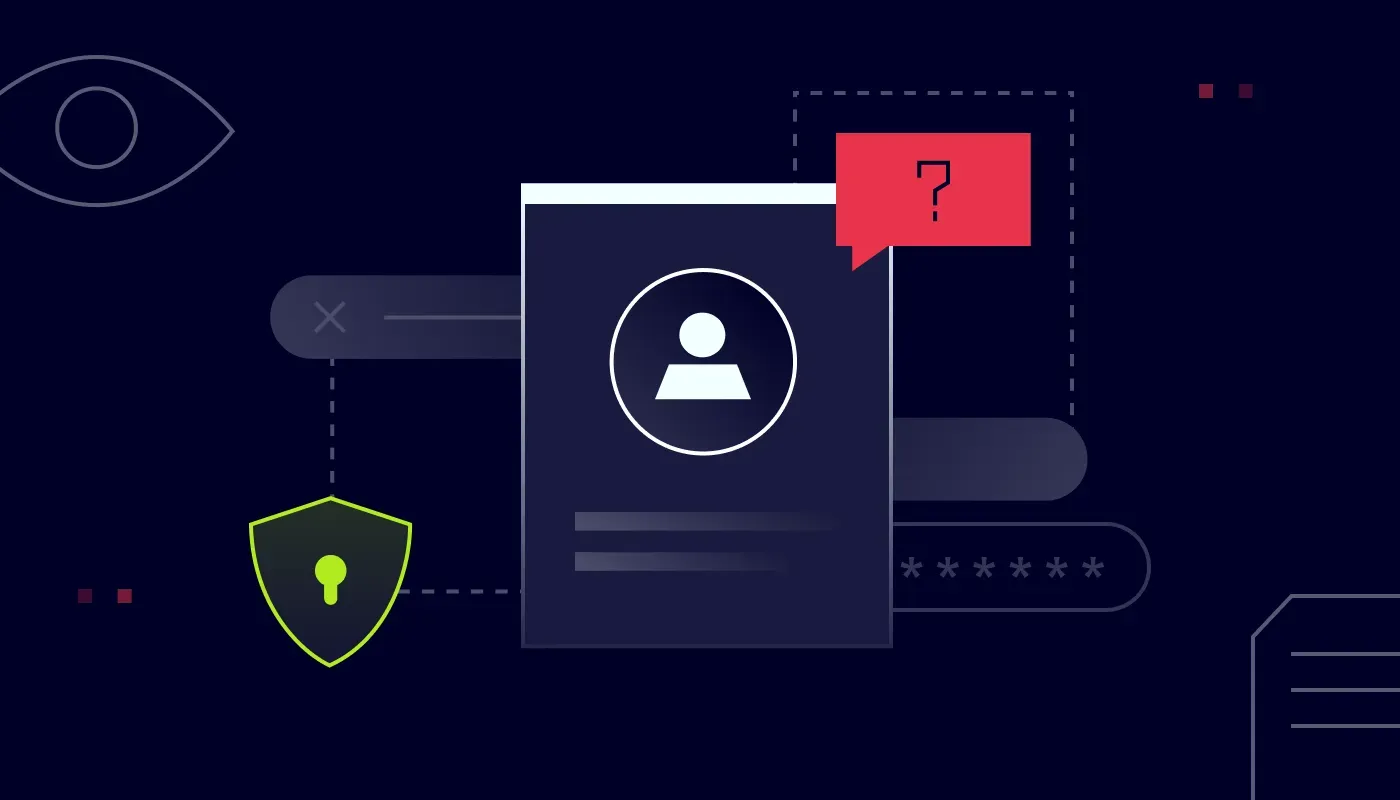How to Prevent Unauthorized Access in the Workplace 🔒🏢
Late one evening, the receptionist at a mid-size Orlando marketing firm noticed a suspicious individual trying to slip past a propped-open side door. By the time security arrived, confidential documents were missing, and the intruder had vanished. This all-too-common scenario underscores the critical need to prevent unauthorized access in the workplace. A single breach can compromise proprietary data, endanger employees, and damage a company’s reputation. In this article, we’ll outline how to assess vulnerable entry points, implement robust access control policies, compare keycard versus biometric versus PIN-based systems, discuss employee training best practices, and emphasize the importance of regular audits and drills. Finally, learn how Good Deal Locksmith in Orlando can provide professional solutions to bolster your workplace security.
Assessing Vulnerable Entry Points 🚪🕵️♂️
The first step toward preventing unauthorized access in the workplace is identifying and securing all potential entry points. Even the most sophisticated access control system can fail if a simple side window or loading dock door remains unsecured.
-
Main Entrances and Exits
-
Ensure that all front doors and main lobby entrances employ commercial-grade locks and self-closing hinges. Heavy foot traffic makes these doors high-risk targets for tailgating—when an unauthorized person follows an authorized employee inside.
-
-
Side and Rear Doors
-
These are often forgotten. Check that side service doors, emergency exits, and personnel-only entrances use panic bars or magnetic locks with proper alarms. A door alarm that sounds when an exit is used after hours alerts security personnel immediately.
-
-
Windows and Glass Panels
-
Windows near the ground or those adjacent to doorways can be pried open. Install hardened glass or apply security film to hinder break-ins. Window sensors that trigger audible alerts on forced entry are essential for after-hours protection.
-
-
Loading Docks and Garage Doors
-
Loading docks must be monitored around the clock. Equip them with rolling grilles, high-security padlocks, or overhead sectional doors that lock automatically when closed. Motion-activated lighting and CCTV coverage further deter opportunistic thieves.
-
-
Roof Access and Service Areas
-
HVAC units, utility closets, and rooftops can provide clandestine entry routes. Secure all ladders, roof hatches, and service doors with tamper-resistant locks and periodic inspections to ensure no unauthorized modifications have been made.
-
Tip: Conduct a 360-degree perimeter walkthrough—ideally with a security consultant or locksmith—to pinpoint overlooked vulnerabilities.
Implementing Access Control Policies 📋🚫
Once you’ve identified vulnerable entry points, establish clear policies that dictate who can access which areas and under what circumstances. Effective access control policies hinge on a few key elements:
-
Role-Based Access Levels
-
Define zones (public areas, administrative offices, data centers, executive suites, storage rooms) and assign access permissions based on job function. For example, only IT staff should enter server rooms, while only executives and HR personnel may access personnel records.
-
-
Badging and Visitor Procedures
-
Require all employees to wear visible badges at all times. Visitors should check in at a reception desk, present a valid ID, and receive a temporary badge specifying visitor privileges (e.g., lobby only, escorted access).
-
-
Time-of-Day Restrictions
-
Configure locks and access systems so that nonessential areas lock down automatically outside business hours. For instance, warehouse doors might be accessible only during shift hours, preventing unauthorized after-hours entry.
-
-
Access Approval and Revocation Processes
-
Implement a structured workflow: when a new employee is hired, their manager requests access to specific zones. Upon termination or role change, IT or facilities must deactivate badges or biometric profiles immediately—ideally within 15 minutes of offboarding.
-
-
Enforcement and Disciplinary Measures
-
Clearly communicate consequences for policy violations—tailgating, propping open doors, or sharing credentials. Regular audits of access logs (weekly or monthly) ensure compliance and identify repeat offenders.
-
Best Practice: Document all policies in an employee handbook and reinforce them through quarterly security reminders.
Keycard vs. Biometric vs. PIN-Based Systems 🔑🤖🔢
Choosing the right access control technology is critical to prevent unauthorized access in the workplace. Below is a brief overview of each system’s strengths and considerations:
-
Keycard Systems
-
Strengths:
-
Cards are inexpensive ($3–$7 each for prox cards).
-
Easy to issue and deactivate—ideal for businesses with high turnover.
-
Readers can often integrate with existing security panels.
-
-
Considerations:
-
Lost or stolen cards pose security risks until deactivated.
-
Proximity cards (125 kHz) can be skimmed or cloned if lacking encryption.
-
Magnetic stripe cards physically wear out faster in high-traffic environments.
-
-
-
Biometric Systems (Fingerprint, Facial, Iris)
-
Strengths:
-
Tied to individual physical traits—virtually impossible to share or duplicate.
-
No “credential” to carry or lose—users simply use their finger or face.
-
Offer multi-factor authentication when combined with PIN or card.
-
-
Considerations:
-
Higher upfront costs: biometric readers range from $300 to $1,200 per door.
-
Privacy concerns—employees may be reluctant to enroll biometric data.
-
Environmental factors (e.g., dirt, moisture, lighting) can occasionally affect accuracy.
-
-
-
PIN-Based Systems
-
Strengths:
-
No physical card required; codes are easy to distribute and change.
-
Low hardware costs—keypads typically $100–$300 per door.
-
Can be implemented as a backup method alongside card or biometric systems.
-
-
Considerations:
-
Risk of “shoulder-surfing” where someone memorizes another’s PIN.
-
Requires frequent code rotation to maintain security.
-
Users must remember their codes—forgotten PINs can cause access delays.
-
-
Recommendation: Many businesses adopt a hybrid approach—for example, biometric plus PIN for high-security areas, keycards for general office access, and PIN backup for emergency situations.
Employee Training and Best Practices 🧑🏫✅
Technology alone won’t prevent unauthorized access. Well-trained employees are your first line of defense. Implement the following best practices:
-
Never Prop Doors Open
-
Prop sticks or wedges defeat access controls. Always instruct staff to keep doors closed and report any malfunctioning doors immediately.
-
-
Report Lost or Stolen Badges Immediately
-
A lost badge can grant unauthorized individuals entry until deactivated. Encourage prompt reporting so security can disable that credential in minutes.
-
-
Verify Visitors
-
Do not hold the door for strangers. Always ask visitors to check in at reception and wear visible badges. Unescorted guests must be refused entry to sensitive zones.
-
-
Lock Doors Behind You
-
Even if doors are set to automatically lock, users should verify that the door latched behind them. A lingering employee or visitor could inadvertently leave doors unsecured.
-
-
Maintain a Clean Access Area
-
Remove debris or obstacles in front of card readers or biometric scanners. A dirty scanner reduces accuracy; a cluttered space can encourage unauthorized tailgating.
-
-
Guard Against Shoulder Surfing
-
When entering PINs at keypad readers, use your body to shield the screen. Encourage employees to report observed tailgating or people loitering near access points.
-
-
Participate in Regular Security Awareness Drills
-
Conduct quarterly walkthroughs or simulated tailgating exercises. Recognizing and reporting suspicious behavior should become second nature.
-
Key Insight: Consistent reinforcement—such as monthly email reminders or posters in break rooms—ensures best practices remain top of mind.
Regular Audits and Drills 🔍🚨
Maintaining robust access control means periodically verifying that systems, policies, and personnel remain aligned with evolving threats. Consider these steps:
-
Access Log Reviews (Monthly/Quarterly)
-
Examine who entered restricted areas, at what times, and whether any credential attempts were denied. Look for patterns of unauthorized attempts or cards that shouldn’t have access.
-
-
Physical Walkthroughs
-
Security or facilities teams should tour all entry points—ensure deadbolts, strikes, panic hardware, and readers function properly. Address any wear or misalignment immediately.
-
-
Credential Audits
-
Reconcile active keycards or biometric profiles with current personnel lists. Deactivate credentials of former employees or contractors who no longer require access.
-
-
Tailgating and Phishing Drill
-
Simulate tailgating attempts (with a designated security monitor) to test employees’ vigilance. Conduct internal phishing simulations related to access control (e.g., social engineering attempts to gain cardholder credentials).
-
-
Emergency Evacuation and Lockdown Drills
-
Include credential authentication as part of lockdown procedures—ensure that access control systems respond correctly during an alarm or fire drill. Test whether doors unlock remotely and re-lock when the area is secure.
-
-
Review and Update Policies
-
After each audit or drill, refine your access control policies. Update training materials to address identified weaknesses—e.g., if employees consistently forget to lock an external door, install additional signage or alarms.
-
Best Practice: Document each audit and drill, then review results in a quarterly security meeting. Use these records to demonstrate compliance to insurers or regulatory bodies.
Professional Solutions from Good Deal Locksmith in Orlando 🌴🔧
While in-house measures are essential, partnering with a trusted commercial locksmith ensures your workplace access controls remain state-of-the-art and fully functional. Good Deal Locksmith in Orlando offers comprehensive services that address every aspect of preventing unauthorized access:
-
Security Assessments and Vulnerability Scans
-
Our technicians perform thorough walkthroughs—evaluating doors, windows, loading docks, and access points—to identify weak links and recommend corrective measures.
-
-
Customized Access Control System Design
-
Whether you prefer keycard, biometric, or PIN-based solutions—or a hybrid approach—our team designs a system that integrates seamlessly with your existing infrastructure (alarms, CCTV, intercoms).
-
-
Installation and Expert Configuration
-
From mounting card readers and biometric scanners to programming credentials and ensuring encryption compliance, our certified technicians handle every step. We calibrate sensors, align strikes, and test systems to guarantee reliable performance.
-
-
Ongoing Maintenance and Support
-
Regular lock and reader servicing prevents unplanned failures. Our maintenance contracts include quarterly inspections, cleaning, firmware updates, and credential audits to keep your system running smoothly.
-
-
Emergency Lockout and System Recovery
-
If your facility experiences a lock failure or unauthorized breach, we provide 24/7 emergency response—rekeying locks, replacing damaged hardware, or restoring access control system functionality within hours, not days.
-
-
Employee Training and Policy Development
-
Beyond hardware, we help you craft clear access control policies, conduct employee training sessions, and provide resources—posters, quick-reference guides—to reinforce best practices.
-
Client Success Story: When a downtown Orlando law firm experienced repeated tailgating incidents, Good Deal Locksmith installed biometric scanners at all exterior doors, integrated proximity readers for staff, and retrained employees on tailgating awareness. Within weeks, unauthorized entries dropped to zero.
Conclusion & Call-to-Action 📞🔐
Preventing unauthorized access in the workplace requires a holistic approach—assessing vulnerable entry points, enforcing strong access control policies, choosing the right technology (biometric, keycard, or PIN-based), meticulously training employees, and conducting regular audits and drills. While these steps form the foundation of a secure environment, professional support from Good Deal Locksmith ensures that your systems remain robust and responsive to emerging threats.
🔒 Ready to safeguard your Orlando workplace? Schedule a free security evaluation with Good Deal Locksmith today. Call (407) 726-8486 or visit our website to discuss how we can tailor an access control solution that prevents unauthorized access and keeps your business operations running smoothly.

